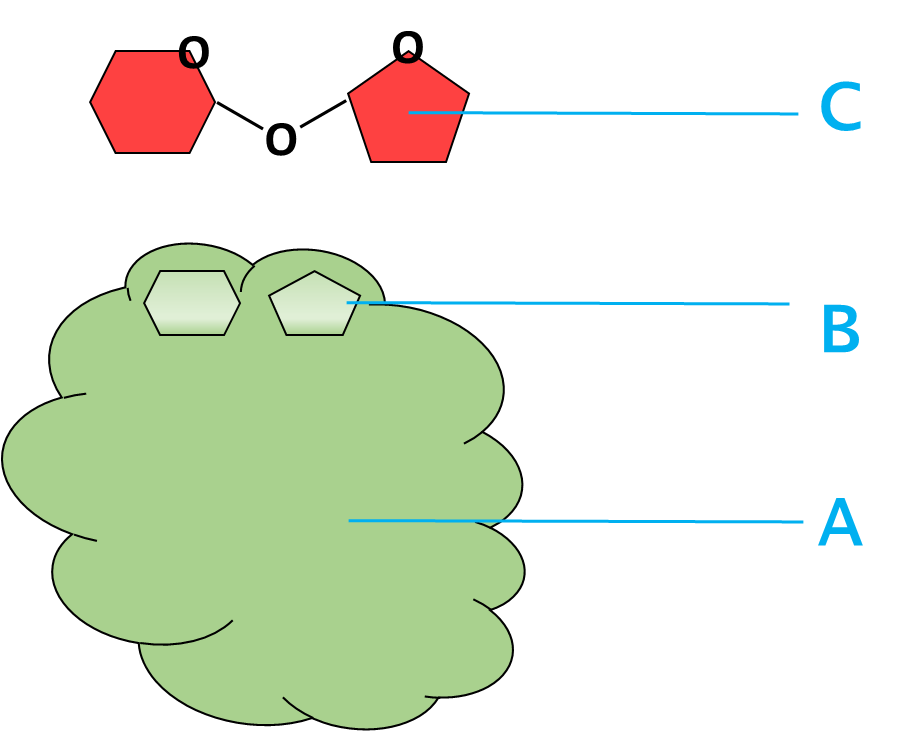Body Weight and Health
 Back
Back- What is meant by the term induced fit?
Problem 1
- Add labels to the figure that follows, which illustrates the breakdown of a disaccharide inside a cell.
Problem 2

- What are the reactants and products of cellular respiration?
Problem 3
- Which of the following is a false statement regarding enzymes? a. Enzymes are proteins that speed up metabolic reactions; b. Enzymes have specific substrates; c. Enzymes supply ATP to their substrates; d. An enzyme may be used many times.
Problem 4
Problem 5
Enzymes speed up chemical reactions by . a. heating cells; b. binding to substrates and placing stress on their bonds; c. changing the shape of the cell; d. supplying energy to the substrate

- What would happen if activation energy barriers didn't exist? a. Substrates would not bind properly to enzymes; b. Chemical reactions in the body would never occur; c. Enzyme function would not be affected; d, Metabolic reactions would proceed even if their products were not needed.
Problem 6
- Cellular respiration involves . a. the aerobic metabolism of sugars in the mitochondria by a process called glycolysis; b. an electron transport chain that releases carbon dioxide; c. the synthesis of ATP, which is driven by the rushing of protons through an ATP synthase; d, electron carriers that bring electrons to the citric acid cycle; e. the production of water during the citric acid cycle
Problem 7
- The electron transport chain . a. is located in the matrix of the mitochondrion; b. has the electronegative carbon dioxide at its base; c. is a series of nucleotides located in the inner mitochondrial membrane; d. is a series of enzymes located in the intermembrane space; e. moves electrons from protein to protein and moves protons from the matrix into the intermembrane space
Problem 8
- Most of the energy in an ATP molecule is released . a. during cellular respiration; b.when the terminal phosphate group is hydrolyzed; c. in the form of new nucleotides; d. when it is transferred to NADH
Problem 9
- Anaerobic respiration . a. generates proteins for muscles to use; b. occurs in yeast cells only; c. does not use oxygen as the final electron acceptor; d. uses glycolysis, the citric acid cycle, and the electron transport chain
Problem 10

